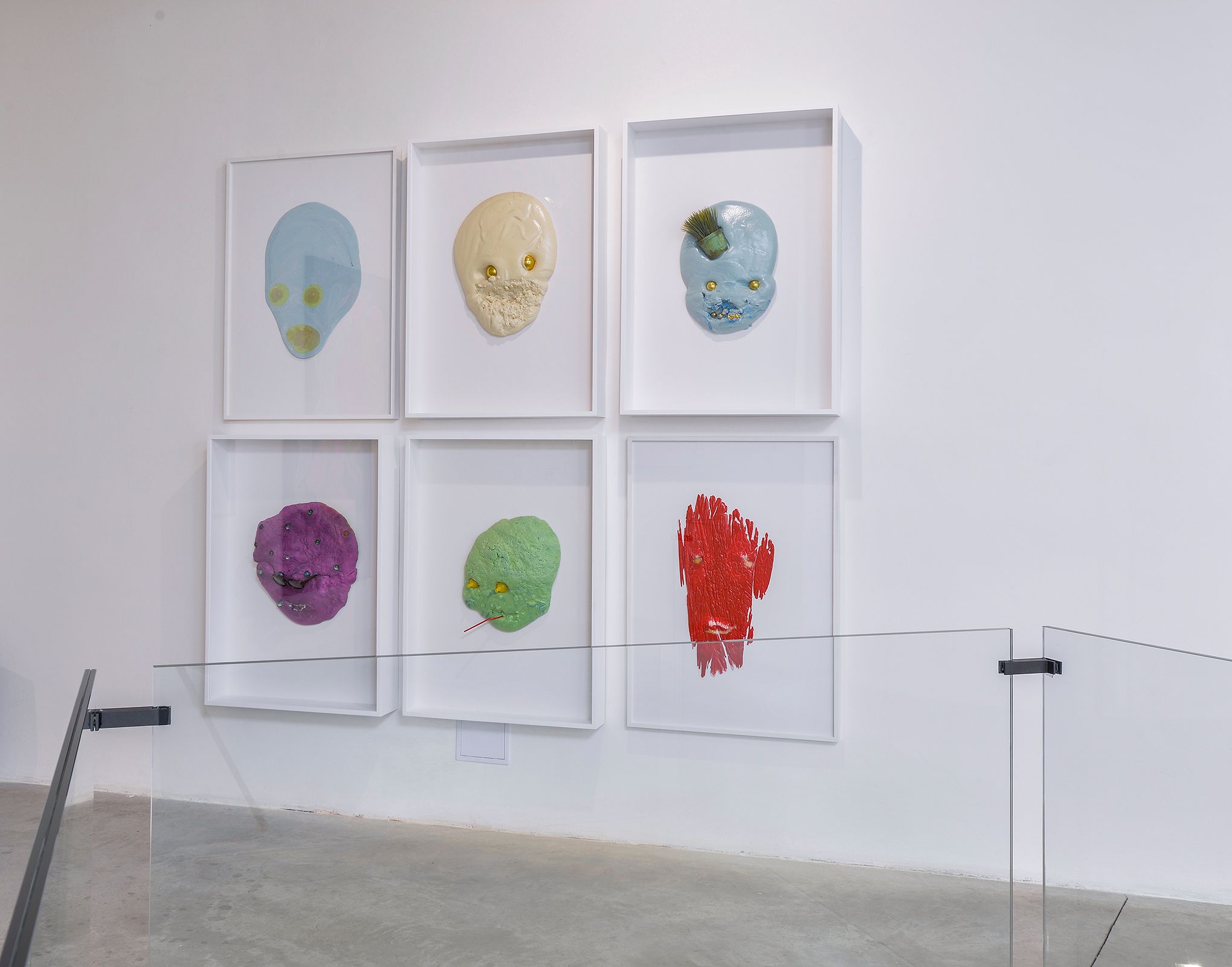Krištof Kintera

A brief walk through Krištof Kintera’s studio would bring spectators to a room akin to an industrial-sized electronic recycling center. The floor is concealed by mounds of doddering cardboard boxes, unceremoniously stacked and layered to accommodate for more space. Electronic hardware and dilapidated appliances threaten to overflow from their crude accommodations onto the studio floor. It is from this space that visual artist Krištof Kintera extracts the mediums for his innovative sculptures and assembles the images of his artistic vision. Fiber-optic cables are revived as a web of cervical vertebrae nerves. The cable of a colonoscope evolves into a winding serpent. The technological waste of the Czech metropolis is resuscitated into a new creation within the confines of Kintera’s studio, a space that he lightheartedly refers to as his laboratory. One of Kintera’s intentions is to diminish the necessity to explain the inspiration and denotation of his creations; each installation should justify its own existence. The visual art conceived from the confines of Kintera’s laboratory reflect the details of the anthropocene, or the current geological epoch in which mankind has had a significant impression on our ecosystems and environment. His installations seamlessly exemplify the kinship between biotic complexes and abiotic systems, intertwining each network to form a singular, neurological unit. The banal, discarded objects of our everyday existences are revitalized in each of Kintera’s installations, bringing new meaning to our shared synthetic and natural realities.